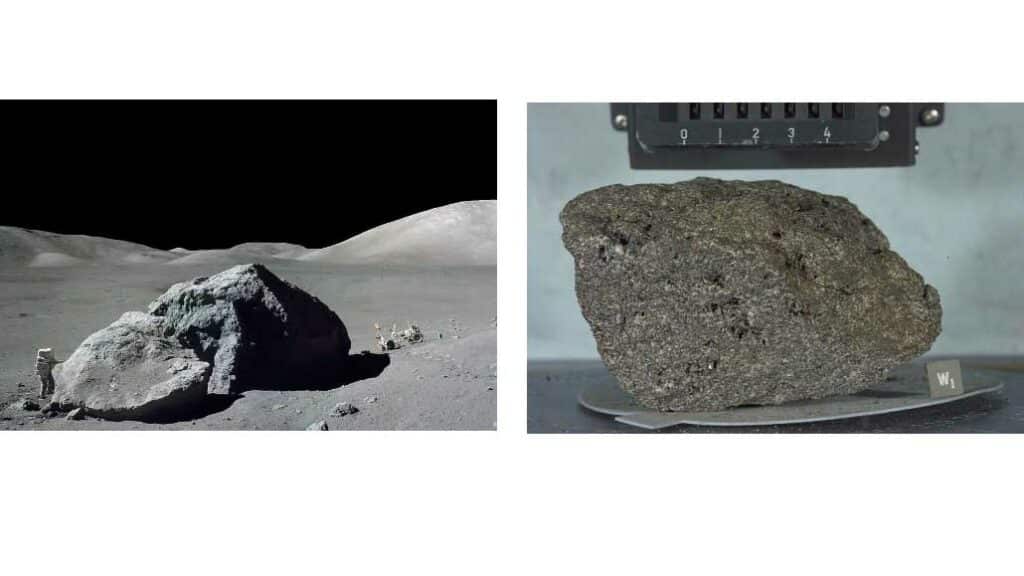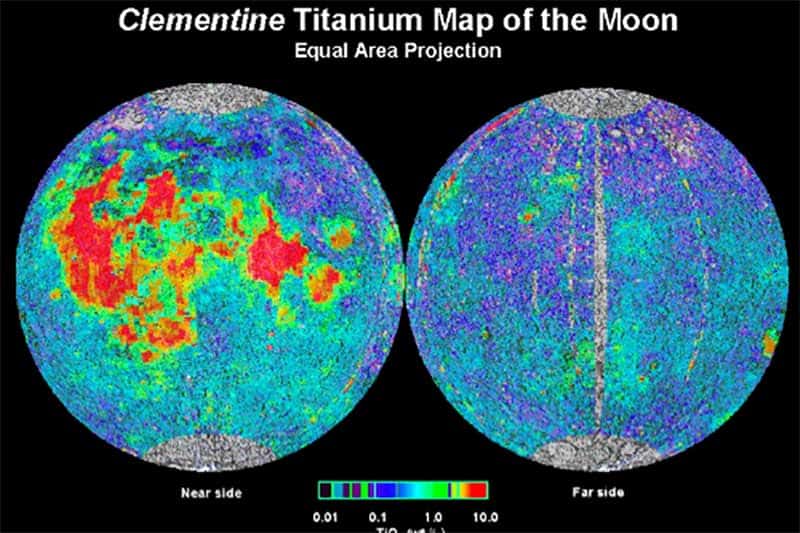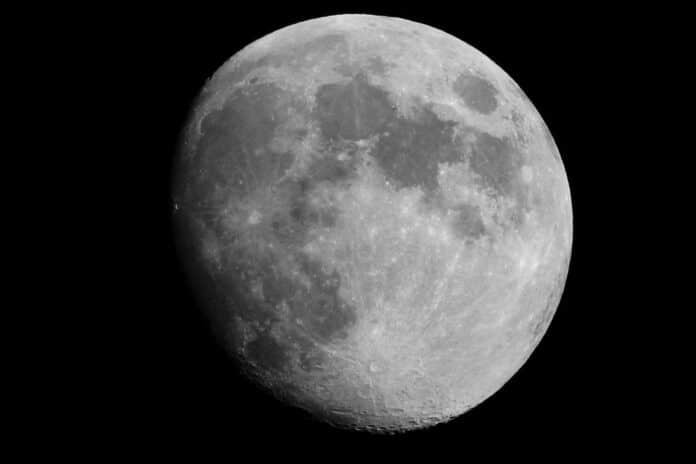The source of titanium-rich basaltic magmatism on the Moon is still unclear. While ilmenite-bearing cumulates in the lunar mantle are commonly considered the potential source, their partial melts need to don’t match the required composition and be too dense to erupt.
A new study has made a breakthrough in understanding a crucial process behind forming a distinctive rock type on the Moon. This discovery clarifies the unique composition and the presence of this rock on the lunar surface, solving a mystery that has puzzled scientists for a long time.
The research uncovers a crucial stage in forming these unique lunar magmas. Scientists pinpoint a vital reaction that influences their composition by conducting high-temperature experiments with molten rocks in the laboratory and employing advanced isotopic analyses on lunar samples.

This reaction occurred about three and a half billion years ago in the deep lunar interior. It involved the exchange of the element iron (Fe) within the magma with the element magnesium (Mg) in the surrounding rocks, leading to significant modifications in the chemical and physical properties of the melt.
Co-lead author Tim Elliott, Professor of Earth Sciences at the University of Bristol, said: “The origin of volcanic lunar rocks is a fascinating tale involving an ‘avalanche’ of an unstable, planetary-scale crystal pile created by the cooling of a primordial magma ocean.”
“Central to constraining this epic history is the presence of a magma type unique to the Moon, but explaining how such magmas could even have got to the surface, to be sampled by Space missions, has been a troublesome problem. It is great to have resolved this dilemma.”
High concentrations of the element titanium (Ti) on certain parts of the lunar surface have been recognized since the NASA Apollo missions in the 1960s and 1970s. These missions brought back solidified, ancient lava samples from the Moon’s crust. Recent satellite mapping confirms the prevalence of these magmas, referred to as ‘high-Ti basalts,’ across the lunar landscape.

Co-lead author Dr Martijn Klaver, Research Fellow at the University of Münster Institute of Mineralogy said, “Until now models have been unable to recreate magma compositions that match essential chemical and physical characteristics of the high-Ti basalts. It has proven particularly hard to explain their low density, which allowed them to be erupted some three and a half billion years ago.”
The study by the international team of scientists managed to mimic the high-Ti basalts in the lab process using high-temperature experiments. Measurements of the high-Ti basalts also revealed a distinctive isotopic composition that provides a fingerprint of the reactions reproduced by the experiments.
Journal Reference:
- Klaver, M., Klemme, S., Liu, XN. et al. Titanium-rich basaltic melts on the Moon modulated by reactive flow processes. Nat. Geosci. (2024). DOI: 10.1038/s41561-023-01362-5
